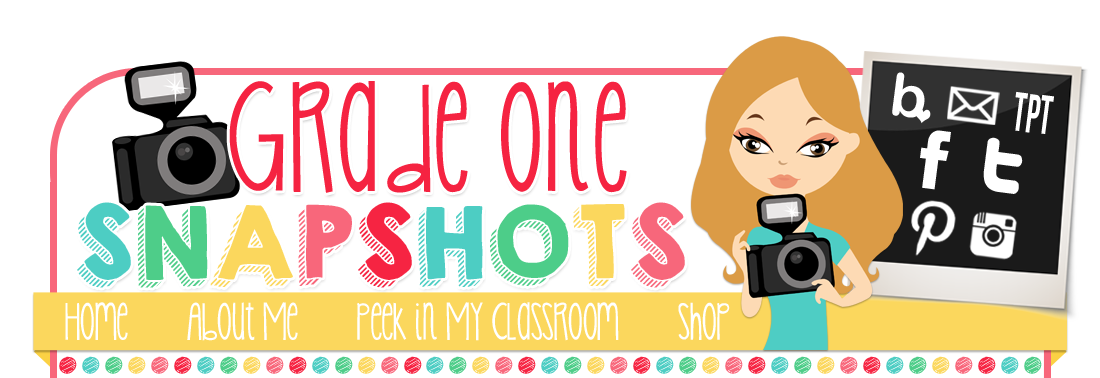Decodable books are a tool that every primary teacher should have access to in order to help their students practice the phonics skills that they are being taught. But, won't students hate them? Won't they be so dull? Before I actually started using decodable books in my classroom, I thought that my students' reading engagement would plummet. I thought that they would prefer the predictable books that I had provided in the past.
I was totally wrong.
The students actually felt empowered and displayed improved confidence!
In the past I used predictable readers that had pages that went like this:
And then I started using decodable books, where the sentence structure was not patterned, and the words could not be guessed by the picture. The phonics skills contained in the books were those that had been taught, and the high-frequency words were limited.
When I started using decodable books that matched my scope and sequence, I found that students:
1) kept eyes on text (not just the pictures)
2) didn't look to me or to the ceiling for the word to magically appear
3) practiced their decoding skills in a meaningful way
4) transferred skills to spelling more quickly
5) sequentially built skills without feeling overwhelmed
6) felt successful as readers!
I got great feedback from parents and students. One parent told me that she almost cried tears of joy when her child brought home a decodable book and read the entire thing to her. She said, "This is the first time I've seen him actually reading the words!"
I know for me, I'm a believer in the use of decodable texts. Students don't find it boring to read books that they can actually read!
I took the courses I had taken as well as the research that I had done on phonics and accessible texts and began writing my own books for my students. Now I have them available at an affordable price for other teachers and homeschool parents as well. You can check them out here!
The above photo is of Bundle 2. I have 4 separate bundles, as well as a Mega Bundle that contains all 80 printable readers. I am updating my books in 2022 with custom illustrations that are in color and black and white!
Students who are learning how to read benefit from reading decodable texts. The purpose of decodable texts is to present students with texts they can decode because they are presented only with the letter-sound combinations that they have been explicitly taught. This allows students to focus on the words on the page instead of relying on picture clues or guessing in order to read the text.
By slowly scaffolding your students’ exposure to the new letter combinations and new high-frequency words, students will truly be able to decode the majority of each book.
The scope and sequence I use is generally based on Wiley Blevins' scope and sequence:
m, a, s, p, t
n, c, b, i, f
o, h, d, r
g, e, l, k, ck
u, w, j, x, v
qu, y, z
blends
digraphs
-ed
CVCe
open syllables
long vowel patterns
r-controlled vowels
diphthongs
advanced vowel patterns




